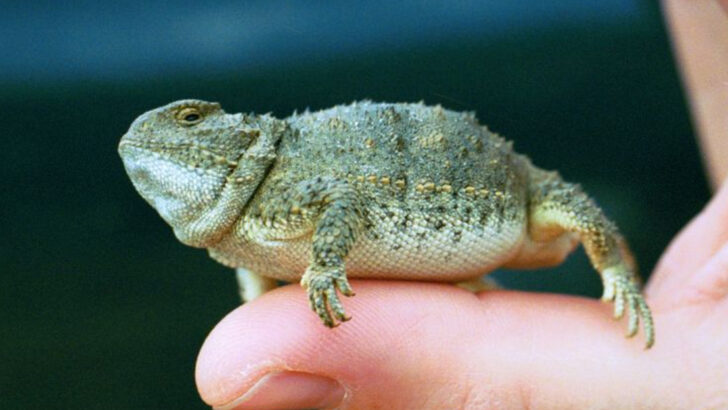They weren’t just animals—they were everywhere.
In fields, on TV shows, in schoolbooks, even stamped on cereal boxes.
Boomers saw these creatures so often, they were practically childhood mascots.
Fast forward a few decades, and it’s like they vanished.
Ask a Millennial about some of these animals, and you’ll get a blank stare or a “Wait, that’s real?”
From tiny critters that once ruled backyards to wild wonders that slipped out of the spotlight, these 14 creatures were once iconic.
Now? They’re more myth than memory.
Let’s rewind the clock and revisit the animals that defined a generation—before they fade completely from view.
Whippoorwill Bird
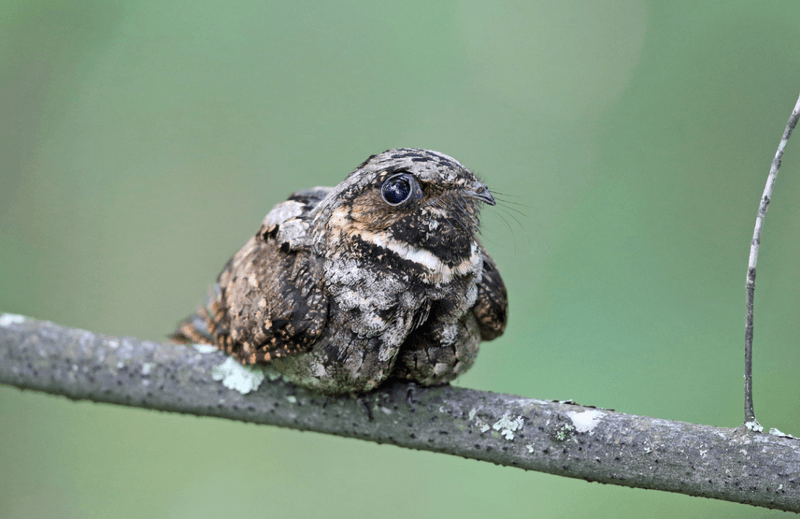
Whippoorwills are known for their enchanting evening songs, a soundtrack of nostalgia for many Boomers. These small, nocturnal birds, with their mottled brown feathers, blend seamlessly into wooded landscapes.
In the past, their calls would echo through rural neighborhoods, announcing the onset of dusk. However, urbanization has led to a decline in their population, making their distinct calls a rarity today.
For Boomers, whippoorwills evoke memories of warm summer nights and peaceful countryside evenings. Millennials, on the other hand, might only encounter them in vintage stories or old recordings.
Woolly Bear Caterpillar
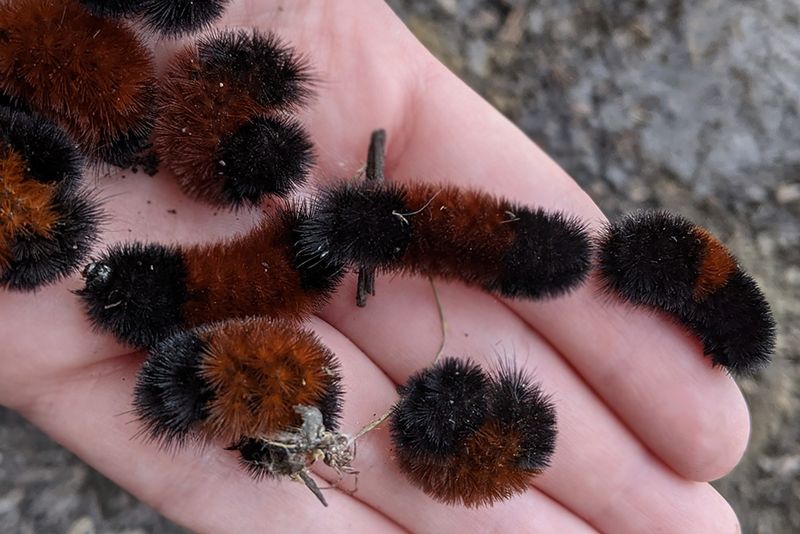
The woolly bear caterpillar, with its fuzzy brown and black bands, was once a common sight in gardens and parks. Boomers often believed that the caterpillar’s coloring could predict the severity of the coming winter.
This folklore added a layer of intrigue to these little crawlers. Today, with changing climates and reduced green spaces, these caterpillars are less frequently spotted by the younger generation.
For Boomers, they symbolize the transition between seasons and evoke childhood memories of exploring nature. Millennials may miss out on this playful connection to the natural world.
Luna Moth
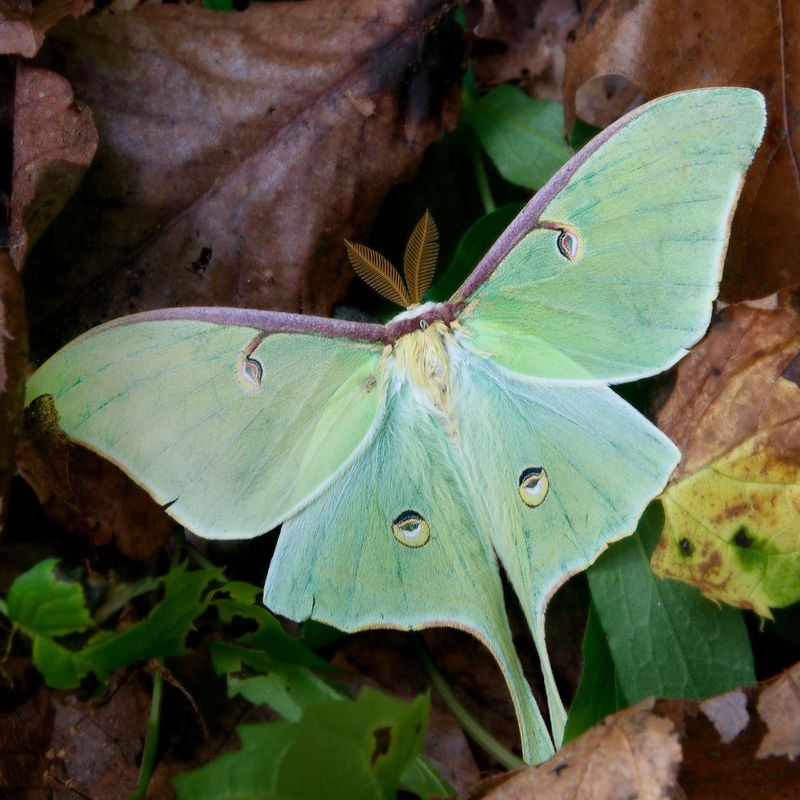
With their ethereal beauty, luna moths were a nighttime spectacle for many Boomers. These large, pale green moths, with their long tails and eye spots, are a marvel of nature.
Appearing during warm, humid nights, they once fluttered around porch lights and gardens. Unfortunately, habitat destruction and light pollution have contributed to their decline.
For Boomers, luna moths are a reminder of the serene beauty of the night. Millennials, however, may seldom see them, missing out on their silent grace and otherworldly allure.
Eastern Box Turtle

Eastern box turtles used to roam widely in gardens and woodlands, recognized by their domed shells and vibrant patterns. For Boomers, they were beloved backyard visitors, often spotted during leisurely walks.
These turtles have faced challenges due to habitat loss and road hazards, reducing their numbers significantly. Boomers remember them as gentle creatures, embodying the slow but steady pace of nature.
Millennials, however, might rarely encounter them in the wild, missing the chance to observe their patient journeys firsthand.
Praying Mantis

The praying mantis, with its distinctive stance and predatory grace, was a familiar insect in many Boomer childhoods. Often found in gardens, they fascinated with their alien-like appearance and hunting prowess.
Boomers recall watching them stealthily stalk prey, a testament to nature’s small wonders. Today, urban environments have reduced their presence, and Millennials might know them mostly through pictures or movies.
For Boomers, the mantis is a symbol of patience and predation, while Millennials may find them intriguing but elusive in their urban surroundings.
Monarch Butterfly
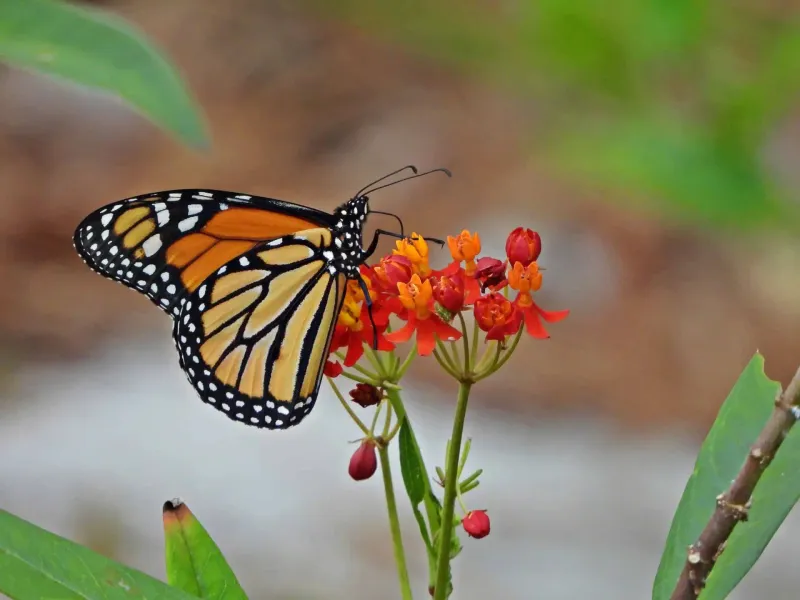
Monarch butterflies, with their striking orange and black wings, were once abundant in gardens and fields. Boomers often celebrated their annual migration as one of nature’s great spectacles.
However, habitat destruction and climate change have threatened their numbers, making these butterflies a less common sight today. For Boomers, monarchs are a symbol of transformation and beauty in motion.
Millennials might only catch glimpses during rare migrations or in curated butterfly gardens, missing the widespread enchantment these creatures once offered.
Horned Toad
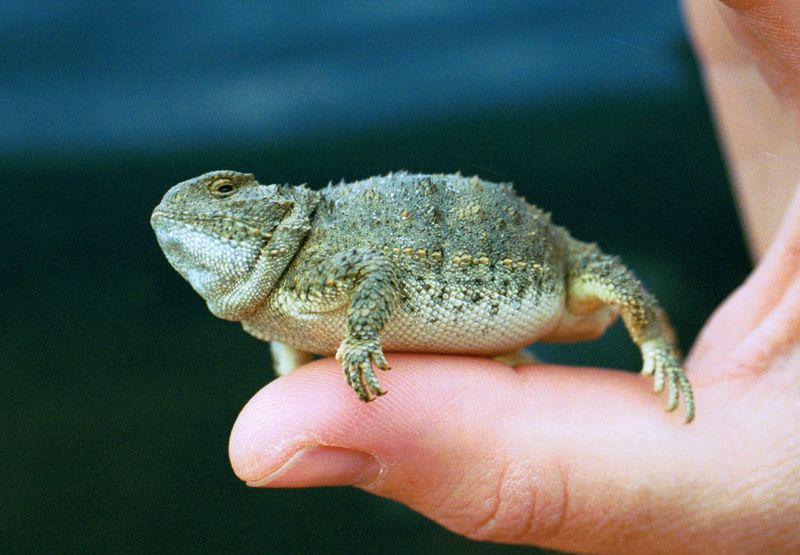
Horned toads, or horned lizards, were desert dwellers that intrigued many Boomers with their unusual appearance. Covered in protective spikes, these reptiles were often found sunning themselves on rocks.
Boomers remember them as hardy creatures, adapted to survive harsh conditions. However, they have become scarce due to habitat encroachment and loss of prey.
For Boomers, horned toads are a reminder of rugged landscapes and resilient nature. Millennials might know them from wildlife documentaries but rarely see them in their natural habitat.
Barn Owl
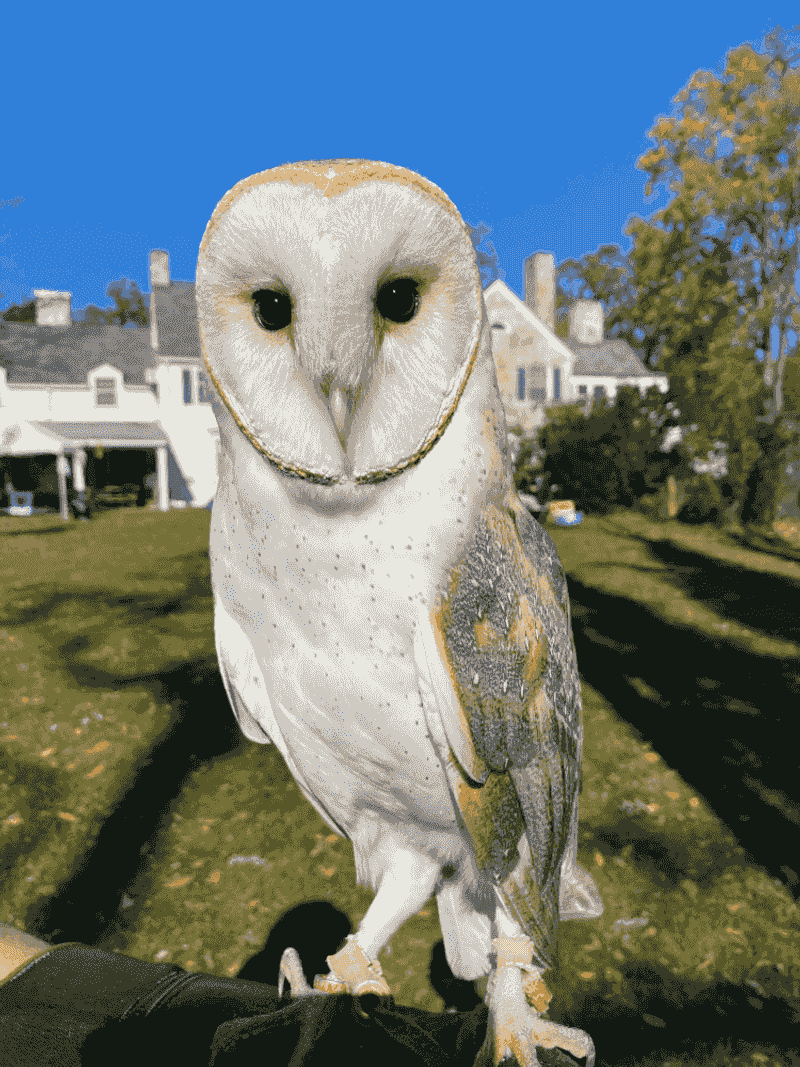
Barn owls, with their heart-shaped faces and silent flight, were mystical night hunters for Boomers. Often seen gliding over fields and farms, they were guardians of the night.
Boomers fondly recall their haunting calls echoing through rural areas. Sadly, changes in agricultural practices have reduced their habitats.
For Boomers, barn owls evoke a sense of mystery and majesty. Millennials may find them enchanting but might only encounter them in zoos or nature reserves.
Mudpuppy Salamander
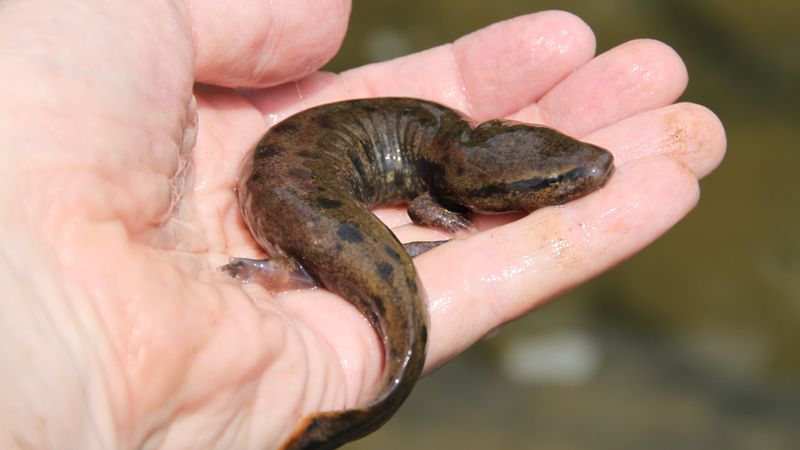
The mudpuppy salamander, with its frilly gills and aquatic lifestyle, was an intriguing creature in the waterways of Boomers’ childhoods. These salamanders were often found in streams and rivers, earning their name with their fondness for muddy environments.
Boomers recall playful water encounters, but pollution and habitat destruction have impacted their populations.
For Boomers, mudpuppies are a link to the mysteries of freshwater ecosystems. Millennials, however, might never come across them, losing a piece of aquatic wonder.
Passenger Pigeon
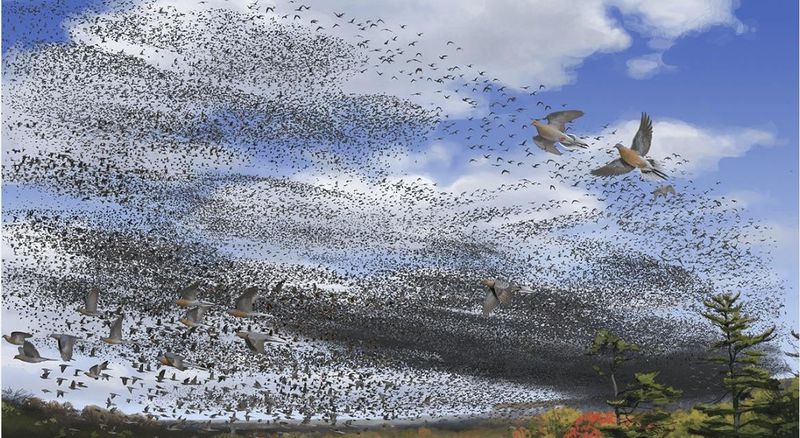
Passenger pigeons were once among the most numerous birds in North America, darkening skies with their massive flocks. Boomers may have heard tales of these birds from older generations, as they were extinct by the early 20th century.
These pigeons serve as a cautionary tale of overhunting and habitat loss. For Boomers, they are a symbol of abundance turned to absence.
Millennials, hearing these stories, may reflect on conservation’s importance but never witness these birds in life.
Eastern Meadowlark
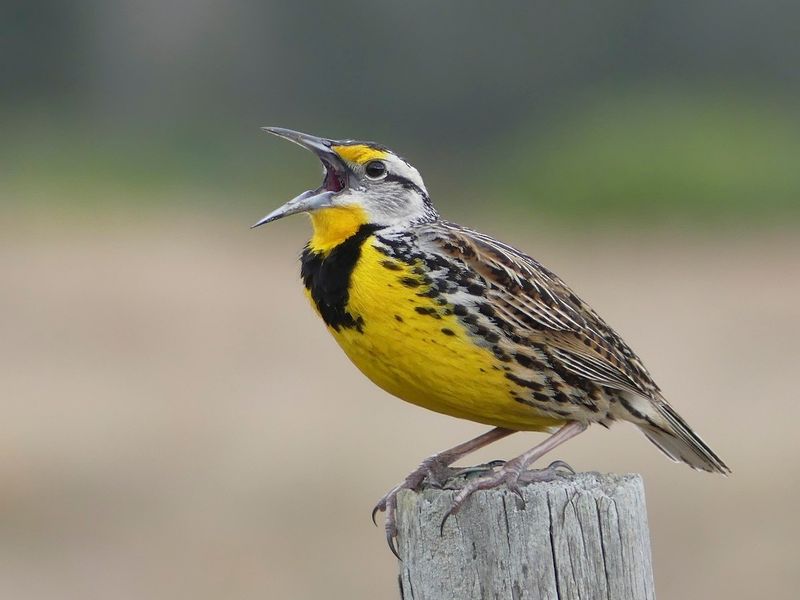
Eastern meadowlarks, with their bright yellow breasts and cheerful songs, were once a common sight in open fields. Boomers fondly remember their songs heralding the arrival of warmer days.
Agricultural expansion and pesticide use have led to their decline. For Boomers, meadowlarks bring back memories of sunny days and melodic mornings.
Millennials, however, might struggle to find these once-abundant songbirds in the wild, missing the soundtrack of a bygone era.
Red Fox
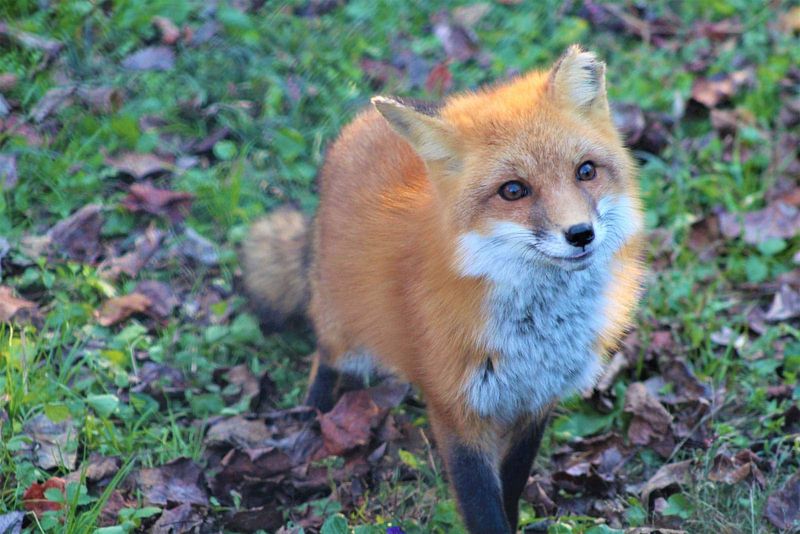
Red foxes, with their cunning eyes and vibrant fur, were often seen darting through the countryside. Boomers considered them both a nuisance and a marvel of adaptation.
These clever creatures have adapted to urban environments but are less commonly spotted due to increased human activity. For Boomers, red foxes are a symbol of wilderness and wit.
Millennials may see them in documentaries, missing the thrill of a sudden encounter during a forest walk.
Hoopoe Bird
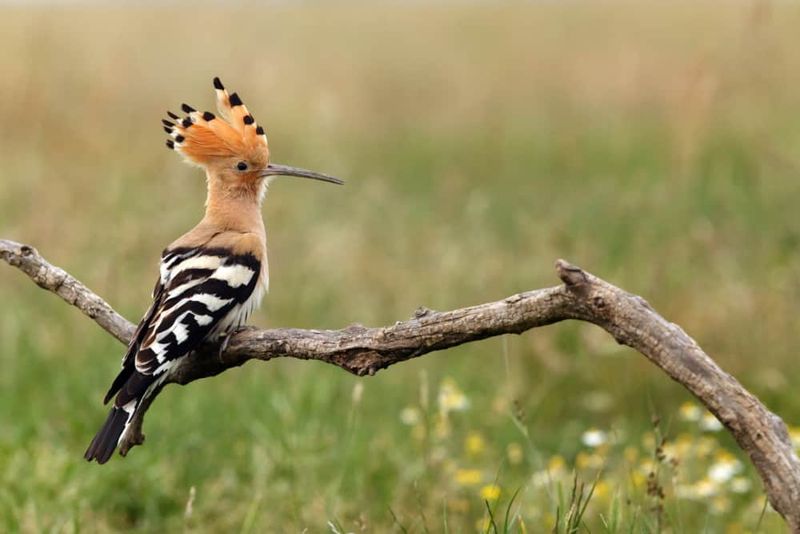
The hoopoe bird, with its distinctive crown of feathers and bold coloring, was an exotic visitor in many Boomers’ backyards. Known for its unique call, this bird was a delightful, albeit rare, sight.
Boomers treasure memories of spotting hoopoes in blossoming gardens. Habitat changes and migration patterns have made them less visible to Millennials.
For Boomers, hoopoes epitomize the beauty of avian visitors. Millennials might only learn about them in ornithology books, missing their vibrant presence.
Cicada
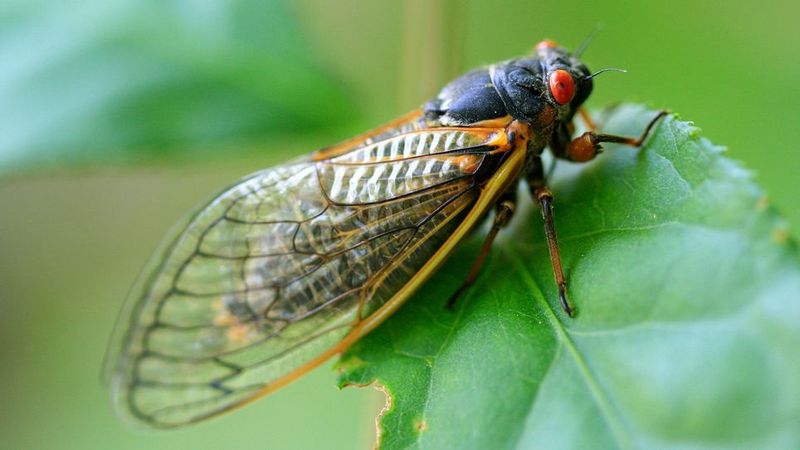
Cicadas, with their loud, buzzing chorus, were the background music of Boomer summer days. Emerging in periodic cycles, these insects are renowned for their life stories.
Boomers remember the anticipation of cicada songs marking time. While still present, urban noise pollution can drown out their sound for Millennials.
For Boomers, cicadas symbolize the rhythm of nature. Millennials might miss the full experience of their harmonic presence unless in quieter, rural locales.

